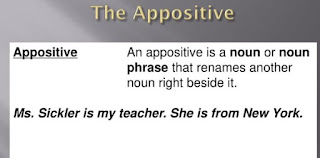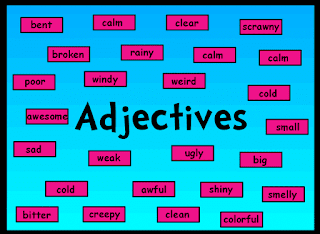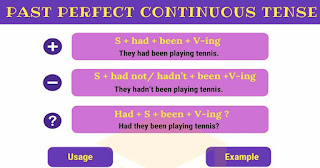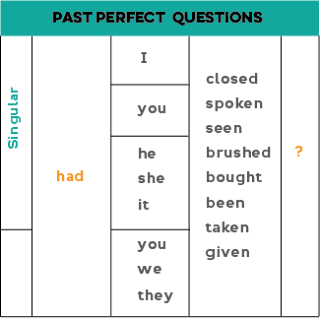Comparative adjectives Comparative adjectives are used to compare differences between the two objects they modify ( larger, smaller, faster, higher ). They are used in sentences where two nouns are compared, in this pattern: Noun (subject) + verb + comparative adjective + than + noun (object). The second item of comparison can be omitted if it is clear from the context (final example below). Examples · My house is larger than hers. · This box is smaller than the one I lost. · Your dog is faster than Jim's dog. · The rock is higher than the roof. · Jim and Jack are both fast, but Jack is faster . ("than Jim" is understood) Superlative adjectives Superlative adjectives are used to describe an object which is at the upper or lower limit of a quality ( the tallest, the smallest, the fastest, the highest ). They are used in sentences where a subject is compared to a group of objects. Noun (subject) + verb + the + superlative adject






